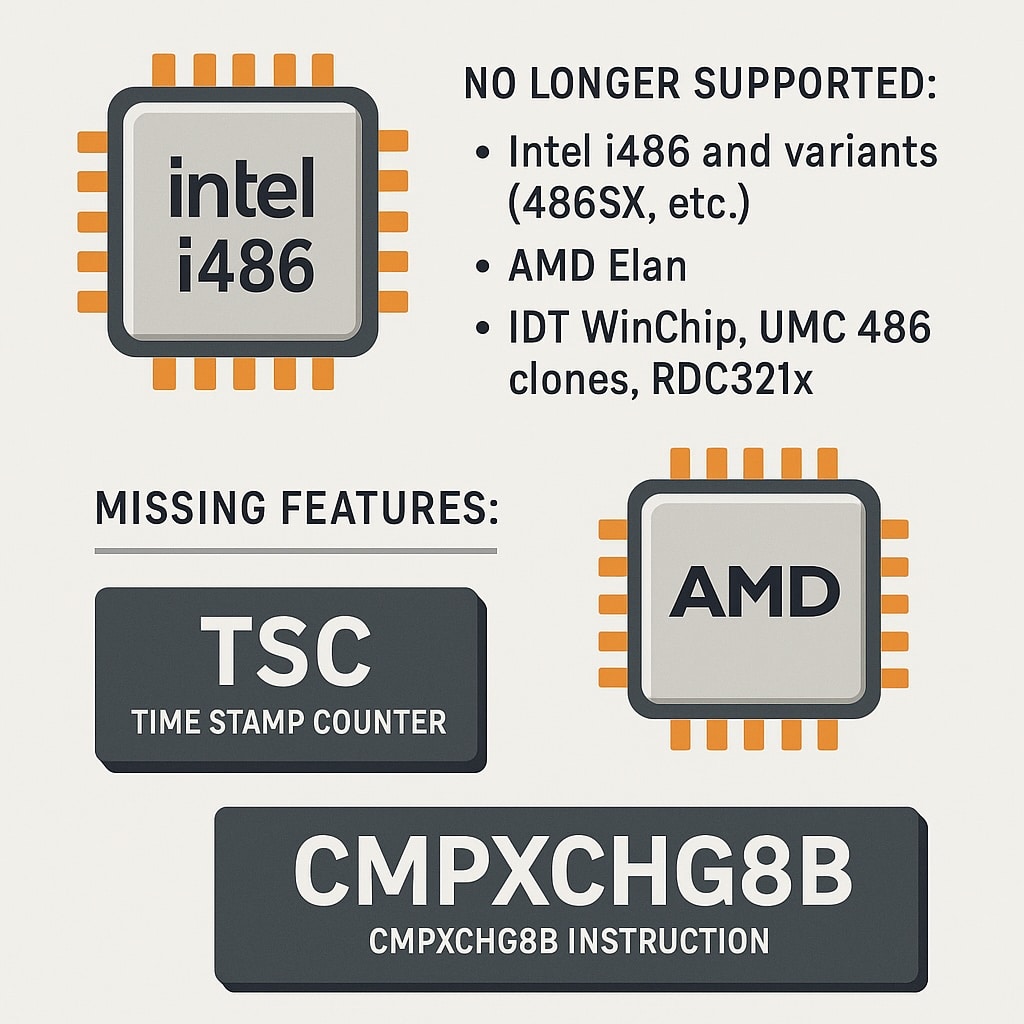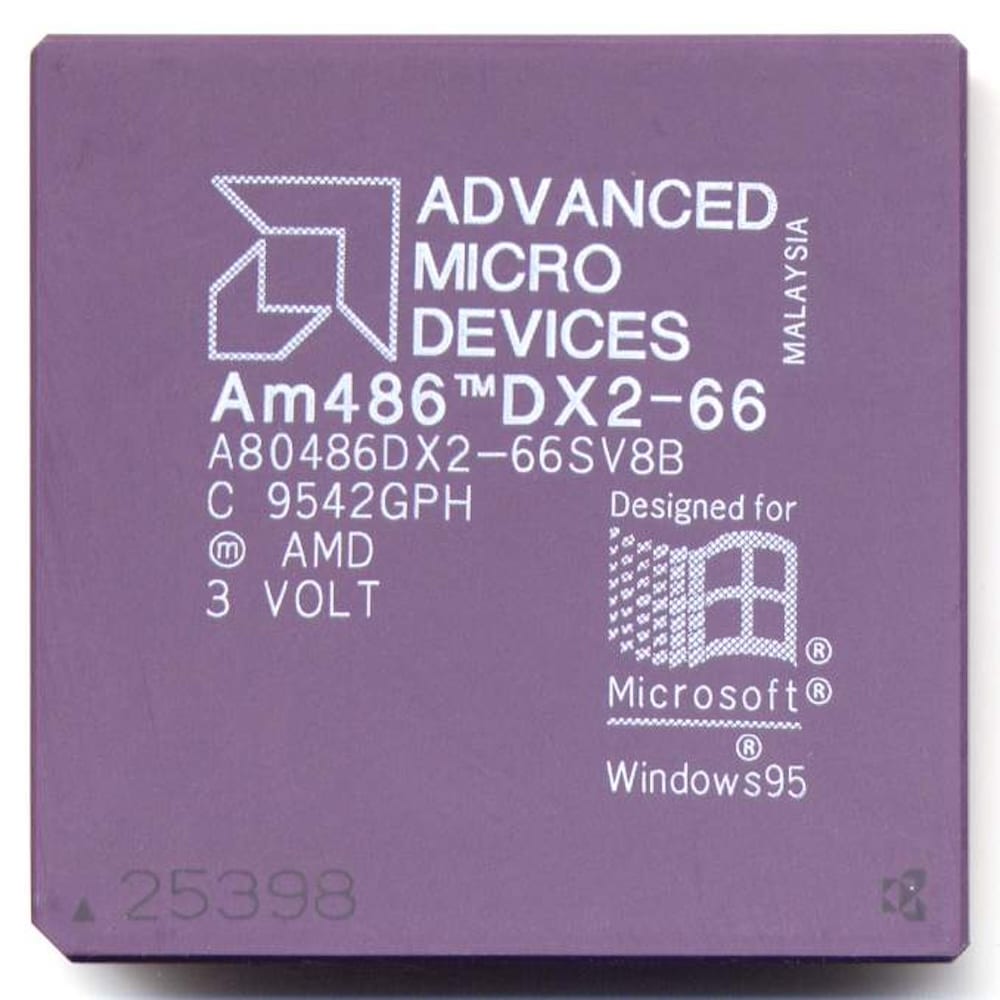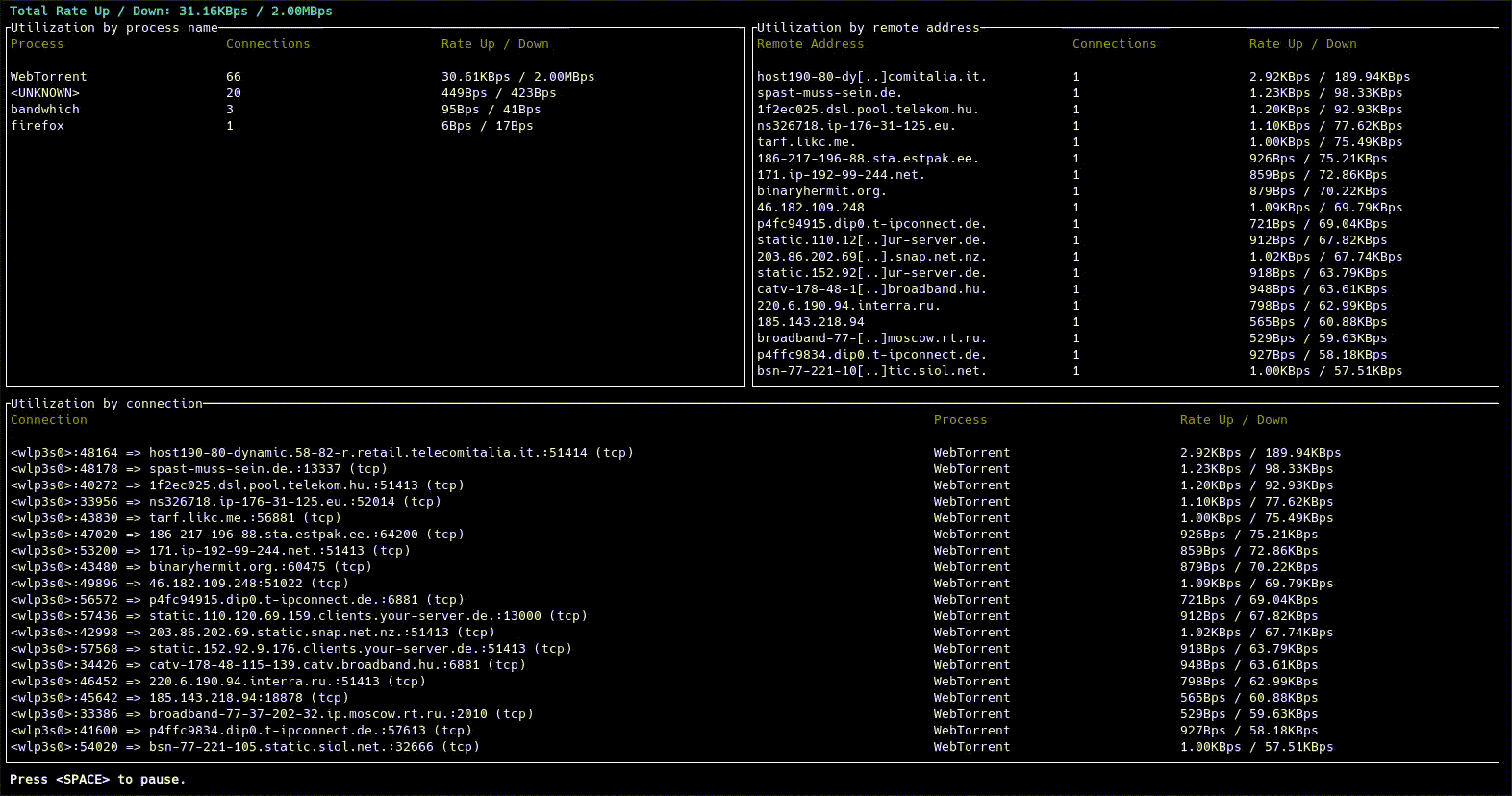With the release of kernel 6.15, Linux will officially drop support for Intel i486 processors and AMD CPUs lacking TSC or CX8, marking the end of one of the longest-standing compatibility commitments in the operating system’s history.
Linux has long been praised for its ability to run on both cutting-edge machines and decades-old hardware. But that tradition is coming to an end for some of the most ancient processors still theoretically supported. Starting with kernel version 6.15, Linux will no longer support the Intel i486 and a range of AMD CPUs that lack modern essential features like the Time Stamp Counter (TSC) and CMPXCHG8B instruction (CX8).
Saying Goodbye to a Legendary Architecture
Originally released in 1989, the Intel i486 marked a major leap in personal computing. It introduced integrated floating-point operations and became the core of millions of PCs throughout the 1990s. While other operating systems dropped support long ago—Microsoft, for instance, stopped supporting the i486 with Windows XP in 2001—Linux continued to accommodate these chips well into the 2020s.
Now, that legacy support is coming to a close. Linus Torvalds, the creator of Linux, stated bluntly in a message to the development community:
“We strongly believe it’s time to drop support for i486 in Linux 6.15. There’s no justification for spending development time on these issues.”
Old Hardware Slows Down Modern Progress
These legacy processors lack critical functionality for today’s computing environments. Specifically, they do not support TSC, which is crucial for timekeeping and synchronization, or CX8, required for atomic operations in modern 32-bit codebases. Supporting such outdated hardware forces developers to maintain workaround paths, increases testing complexity, and adds technical debt to the kernel.
Ingo Molnár, a senior Linux kernel developer, echoed this sentiment:
“The x86 architecture includes numerous complex hardware emulation mechanisms for x86-32 CPUs that are barely used in modern kernels. These legacy compatibility layers can sometimes cause issues that consume time better spent elsewhere.”
Beyond i486: A Wider Cleanup
This decision not only affects Intel’s i486 but also includes several other obsolete processors: the 486SX, embedded AMD Elan CPUs, IDT’s WinChips, UMC 486 clones, and specific platforms such as RDC321x. If these processors lack the required instructions, they will no longer boot with Linux 6.15 or later versions.
Moreover, kernel 6.15 will eliminate ancient components like math-emu, a library used to emulate floating-point operations on CPUs lacking math co-processors. This alone will remove over 14,000 lines of legacy code—making the kernel leaner, cleaner, and easier to maintain.

What About Users with These CPUs?
Technically, it will still be possible to run Linux on these old systems, but only with very old distributions like Debian 3.0 or Ubuntu 10.04. Users will have to accept the lack of security patches and modern software support.
In practice, these chips are nearly extinct in the wild. Some may still run in embedded systems or as part of legacy industrial hardware, but their usage in general computing has long been abandoned.
Making Room for the Future
Removing legacy CPU support is a natural evolution in software development. Linux, as a living and constantly improving system, must focus on today’s real-world needs: performance, stability, and support for modern hardware.
For those who remember using a 486-based machine, this news may come with a hint of nostalgia. But the decision is clear and necessary. These chips served their purpose, helped build a generation of computing, and now deserve a dignified retirement.
With Linux 6.15, the kernel sheds some of its oldest baggage—an act of progress that simplifies the path forward for Linux in a rapidly advancing technological world.
Source: Kernel list












